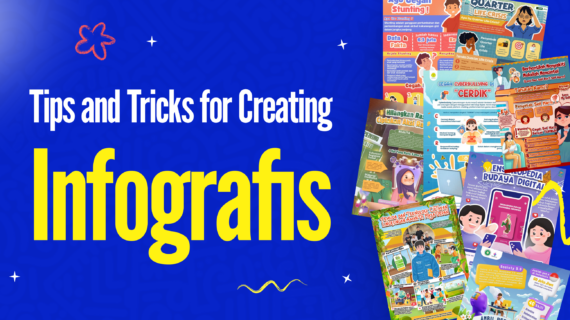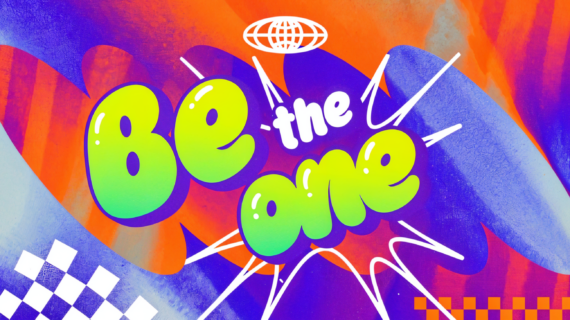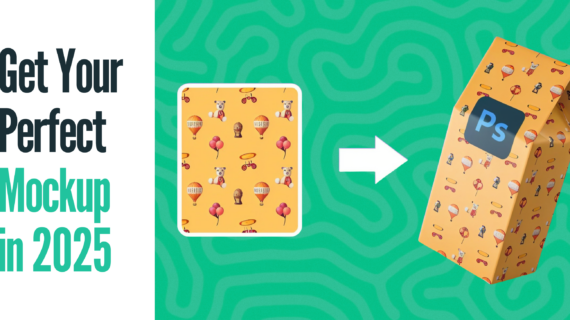Freelance Graphic Design Projects — Want to become a successful freelance graphic designer? One of the key factors is how you can market yourself and your work. The digital world today offers many opportunities to promote yourself, especially through social media.
Building a Personal Brand Through Social Media
Social media is not only a place to share personal moments but also a very effective platform to promote businesses, including graphic design businesses. Here are some tips for utilizing social media:
- Choose the Right Platform: Not all social media platforms are suitable for everyone. Choose the platform that is most used by your target audience. For example, if you want to target business clients, LinkedIn might be a good choice. However, if you want to reach a younger audience, Instagram might be more effective.
- Create Engaging Content: Post your design work regularly, behind the scenes of your creative process, or interesting design tips. Use engaging captions and relevant hashtags to increase the reach of your posts.
- Interact with the Community: Don’t just be a broadcaster, but also actively engage with the design community. Comment on other people’s posts, follow the designer accounts you admire, and join discussion groups.
- Use Stories Features: Stories features on Instagram and other platforms are very effective for showcasing your work in a more dynamic and engaging format.
- Collaborate with Influencers: If possible, collaborate with influencers in the design industry or industries relevant to your target market.
Examples of Content You Can Share:
- Process Shots: Share the process of creating your designs from start to finish. This will show potential clients how you work.
- Design Tips: Provide helpful design tips for your followers.
- Before and After: Compare the initial design with the final design to demonstrate your ability to improve visual appearance.
- Case Study: Share the success story of your design project. Explain the challenges you faced and how you overcame them.
Leveraging Social Media Features
- Instagram: Use Reels to create short, engaging videos, and take advantage of hashtag features to increase reach.
- LinkedIn: Create a professional and complete profile, and join graphic design groups.
- Behance: This platform is specifically for design portfolios. Use Behance to showcase your best work.
- Pinterest: Create inspiration boards that show your design style.
Conclusion
Social media is a powerful tool for promoting yourself as a freelance graphic designer. By consistently creating engaging content, interacting with the community, and utilizing the available features, you can attract potential clients and build a strong network.
Would you like to create amazing design with premmium asset at stocksvector?
- Search Enter the website URL : https://stocksvector.com/
- Create an account
- Copy paste link the resources you want (Website Templates)
- Click icon download “⬇️” and you’re done!
Read More:









